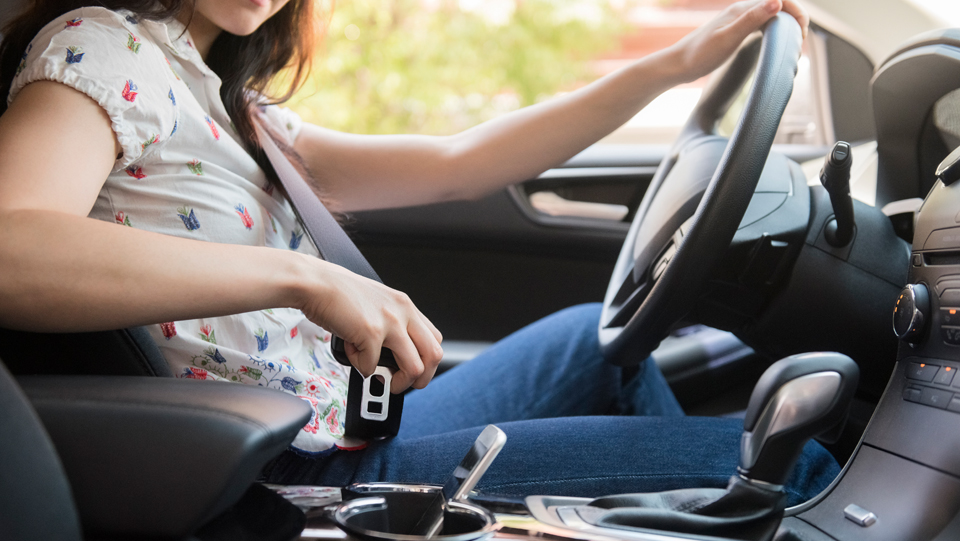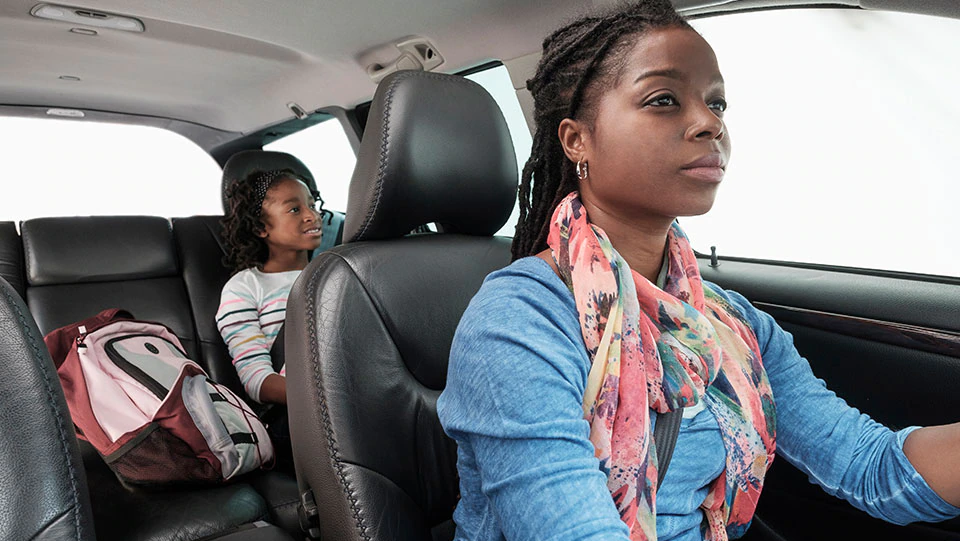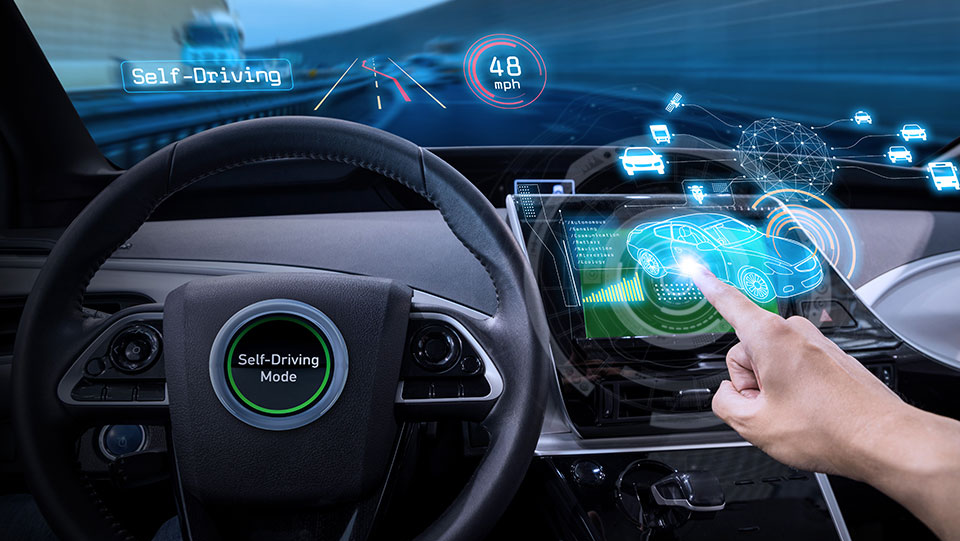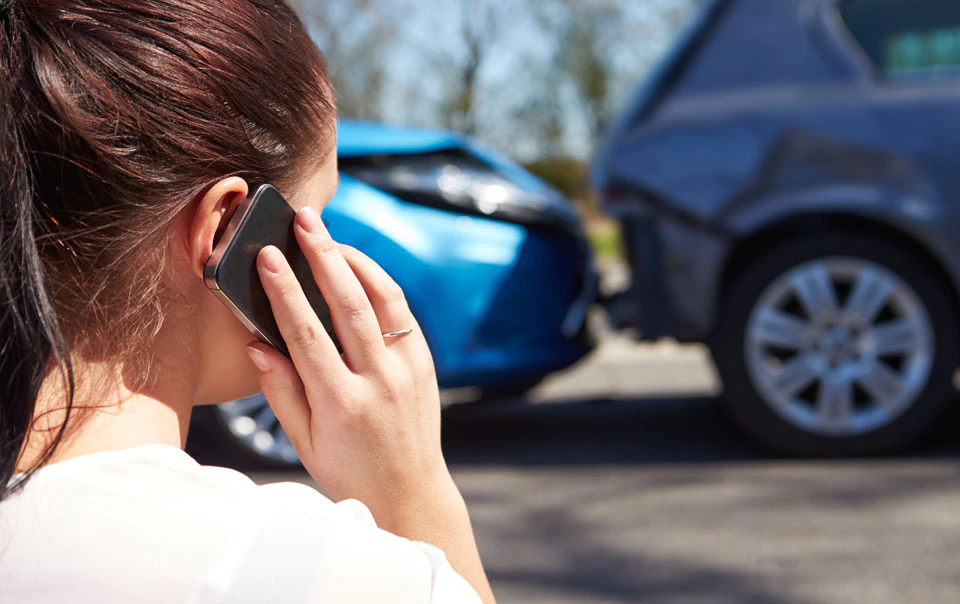FCW: Why You Want Forward Collision Warning in Your Car

Travelers is proud to work with the finest Independent Agents
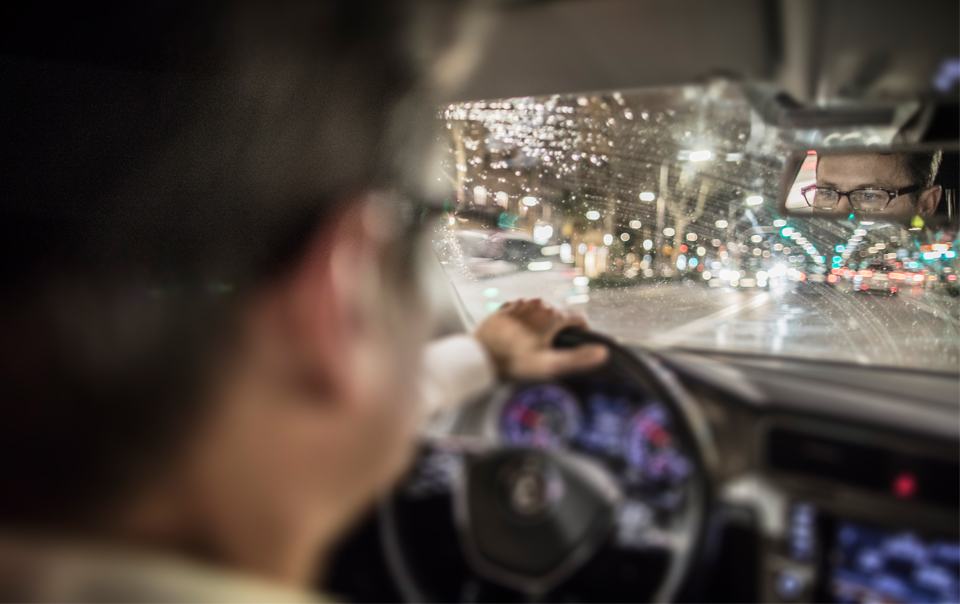
Forward-collision warning systems (FCW) are an innovative safety technology in cars that can help reduce the risk of rear-end collisions. Available with many new car models, FCW systems are a popular feature in helping to reduce the number and frequency of these accidents.
What is FCW?
A forward-collision warning system uses sensors in your vehicle to scan the road ahead of you for obstacles such as other vehicles, fixed objects and even pedestrians. While you’re driving, FCW measures the speed and distance of your vehicle and objects around you. In the event that your vehicle gets too close for you to brake effectively in case of an emergency, the system warns of a potential crash. This technology has been shown to reduce rear-end collisions by 27%.1
In newer vehicles, forward-collision warning systems can be paired with automatic emergency braking systems.
You’ll want to read your vehicle’s owner’s manual to understand what types of safety mechanisms are built into your vehicle. No matter what kind of safety technology you have in your vehicle, you are ultimately responsible for your own driving.
How can I️ stay safe while driving?
Vehicle technology is a great way to improve driver safety, but it’s not foolproof. It’s still crucial to pay close attention to what’s happening inside and outside your car at all times to keep yourself and others safe. As a driver, consider a few basic principles to follow, including:
- Never drive distracted. Don’t rely on FCW to the point where you think it's OK to drive distracted. Safety features are built to support an aware driver, not to replace a driver. For example, never use your mobile device while you’re driving. Research shows that, on average, drivers take their eyes off the road for about five seconds while sending or reading a text message – which equates to traveling the length of an entire football field if driving 55 mph.2 And distracted driving is not limited to just smartphones: Eating, or typing an address into a navigation system, can also take a driver’s attention away from the road.
- Follow the 3-second rule. To maintain a safe distance between you and the vehicle in front of you, the rule of thumb is: Be able to count a full three seconds or more from when the car ahead of you passes an object to when your car passes the same object. For larger vehicles, more time needs to be added as heavier vehicles take longer to stop.
- Never drive under the influence. Nearly one-third of all vehicle fatalities involve drunk driving.3 Never drive under the influence of alcohol or other substances that could impair your ability to drive safely. It’s never worth the risk.
It’s a good idea to discuss your car insurance policy with your insurance carrier to ensure that you have the coverage you need in the event of a crash. You may also benefit from an umbrella insurance policy, which can provide you the extra liability protection you may need in case the damages from an accident are beyond the limits of your primary policy.
Contact your local independent agent to learn ways to help save on your car insurance.
Sources
¹ https://www.iihs.org/topics/advanced-driver-assistance
² https://www.nhtsa.gov/campaign/distracted-driving
³ https://www.nhtsa.gov/risky-driving/drunk-driving
